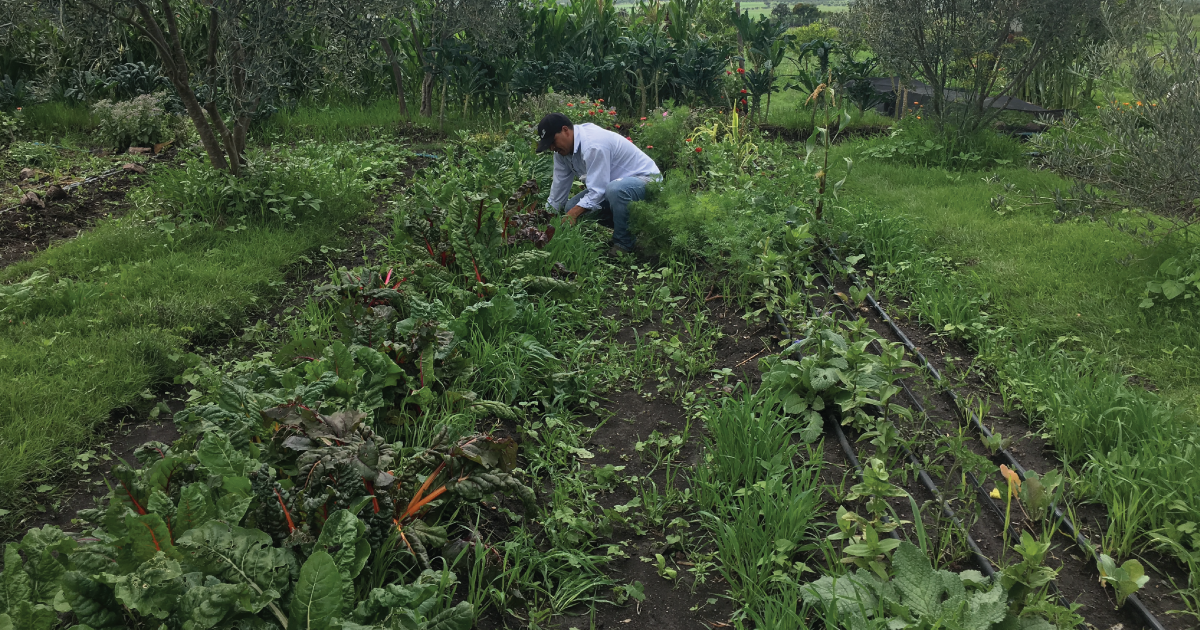
Organic Farming Explained
May 21, 2019 | Katherine Paul
Organic Consumers Association
It’s easy to forget that before there was a National Organic Program, before there was organic certification, before there were genetically engineered crops and industrial factory farms, there were farmers—farmers who grew nutritious food and raised healthy meat, using farming and ranching practices that worked with, and enhanced, Earth’s natural systems and cycles.
The U.S. Department of Agriculture’s (USDA) National Organic Program evolved out of the need to define “organic” in order to protect these good farmers in a marketplace increasingly being taken over by industrial food producers. Unfortunately, over the years, industrial food lobbyists have used their financial and political clout to try their best to weaken organic standards.
We continue to recommend that consumers look for the USDA organic seal, and we continue to lobby to protect and strengthen USDA organic regulations.
But it’s also important to remember that the original “definers” of organic were farmers—not the USDA.
If anyone knows how to define “organic,” it’s one of those farmers—Eliot Coleman. Coleman has more than 50 years’ experience in all aspects of organic farming, including field vegetables, greenhouse vegetables, rotational grazing of cattle and sheep, and range poultry. He’s an educator and researcher, founder of Four Season Farm in Harborside, Maine, and the author of many books, including “The New Organic Grower.” Coleman recently shared his explanation of “organic” in an email, an explanation that serves as a good reminder that this is how we feed the world. Coleman’s “Organic Farming Explained” is printed here with his permission.
1. Organic farming is based on the creation and maintenance of a biologically active fertile soil.
2. Pest-free plants and animals with active immune systems are a direct result of a biologically active fertile soil that has been shown to induce pest resistance in the crops.
3. Truly fertile soil results in food of the highest nutritional quality.
4. Investigations into the miraculous soil microbiome are revealing the vital natural processes that support a self-renewing agriculture.
5. Real soil fertility does not require inputs from off the farm. It can be endlessly self-renewed with farm-derived compost, crop rotations, green manures, cover crops, grazing livestock, and other time-honored practices that nurture the boundless energy and logic of the earth.
6. Deep-rooting grass and legume pastures in the rotation can make available the almost inexhaustible nutrient supply from the lower levels of the soil.
7. Since the biologically based systems of the organic farm are powered by ecologically sound management practices, not purchased fertilizers, this food production system is freely available to farmers everywhere and can thus feed mankind with exceptional food in perpetuity.
Katherine Paul is associate director of the Organic Consumers Association (OCA). To keep up with OCA news and alerts, sign up for our newsletter.
